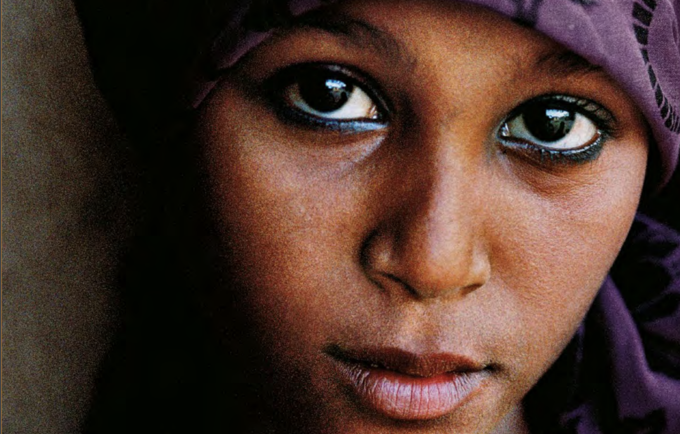The global reproductive rights movement that began in the 1960s transformed the lives of hundreds of millions of women, empowering them to govern their own bodies and shape their own futures. But despite the gains made over the past 50 years, since the establishment of UNFPA, the United Nations sexual and reproductive health agency, the world still has a long way to go before rights and choices are claimed by all, according to the State of World Population 2019, released by UNFPA today.
On the journey towards rights and choices, women and girls have faced social and economic barriers every step of the way. A coalition of civil society, activists, and organizations such as UNFPA have been helping tear down those barriers.
The efforts of the reproductive rights movements have dramatically reduced the number of unintended pregnancies and maternal deaths, and have cleared the way for healthier, more productive lives for untold millions, the new UNFPA report says.
The report traces advances in reproductive health on the anniversaries of two important milestones. It has been 50 years since UNFPA began operations in 1969 as the first United Nations agency to address population growth and reproductive health needs. It is also the 25th anniversary of the 1994 International Conference on Population and Development (ICPD), where 179 governments called for all people to have access to comprehensive reproductive health care, including voluntary family planning, and safe pregnancy and childbirth services.
Much has been achieved since 1969, says the report. The average number of births per woman was 4.8 then, compared to 2.9 in 1994 and 2.5 today; fertility rate in the least developed countries dropped from 6.8 in 1969, to 5.6 in 1994 and 3.9 in 2019; and the number of women who died from pregnancy-related causes has decreased from 369 per 100,000 live births in 1994, to 216 in 2015. In addition, 24 per cent of women used modern contraceptives in 1969, compared to 52 per cent in 1994 and 58 per cent in 2019.
However, reproductive rights are still out of reach for too many women, including the more than 200 million women who want to prevent a pregnancy but cannot access modern contraceptive information and services.
Extracts from the remarks of the Executive Director:
“Despite the increasing availability of contraceptives over the years, hundreds of millions of women today still have no access to them, and to the reproductive choices that come with them,” said UNFPA Executive Director Dr. Natalia Kanem. “Without access, they lack the power to make decisions about their own bodies, including whether or when to become pregnant.”
“The lack of this power—which influences so many other facets of life, from education to income to safety—leaves women unable to shape their own futures,” added Dr. Kanem.
The report includes, for the first time, data on women’s ability to make decisions over three key areas: sexual intercourse with their partner, contraception use and health care. Across the 51 countries where this information is available, only 57 per cent of women who are married or in a relationship are able to make their own choices over all three of these areas.
“I call on world leaders to re-commit to the promises made in Cairo 25 years ago to ensure sexual and reproductive health and rights for all,” said Dr. Kanem. “The world will have a historic opportunity to complete the unfinished business of the ICPD at the Nairobi Summit on ICPD25 to be held in Kenya in November, where governments, activists and stakeholders will rally to protect the gains made so far, and fulfill the promise of the ICPD agenda, so that no one is left behind.”
The report also features 15 champions of change who have broken barriers in their own context and influenced the landscape of sexual and reproductive health and rights into what it is today.
“I salute these champions,” said Dr. Kanem. “We all have a role in pushing back against forces that would see us return to a time when women had little say in reproductive decisions or, for that matter, in any area of their lives,” she added. “The fight for rights and choices must continue until they are a reality for all.”
Facts and figures from the report:
- Number of deaths of women from pregnancy-related causes per 100,000 live births, worldwide: 369 in 1994; 216 in 2015.
- Global modern contraceptive prevalence rate: 24 in 1969; 52 in 1994; 58 in 2019.
- Global fertility rate, or average number of births per woman: 4.8 in 1969; 2.9 in 1994; 2.5 in 2019.
- The highest unmet needs for sexual and reproductive health services are among marginalized groups, including minority ethnic groups; young people; unmarried people; lesbian, gay, bisexual, transgender and intersex people; people with disabilities; and the rural and urban poor.
- An estimated 800 million women alive today were married when they were children.
- Every day, more than 500 women and girls in countries with emergency settings die during pregnancy and childbirth.


